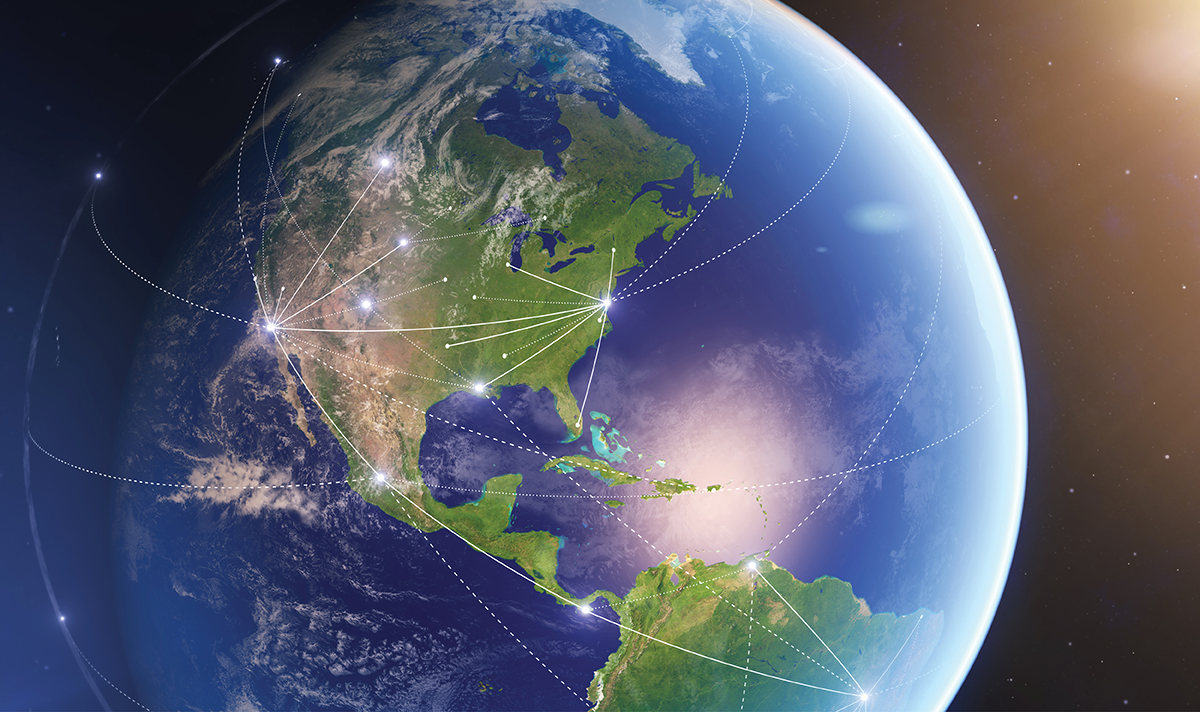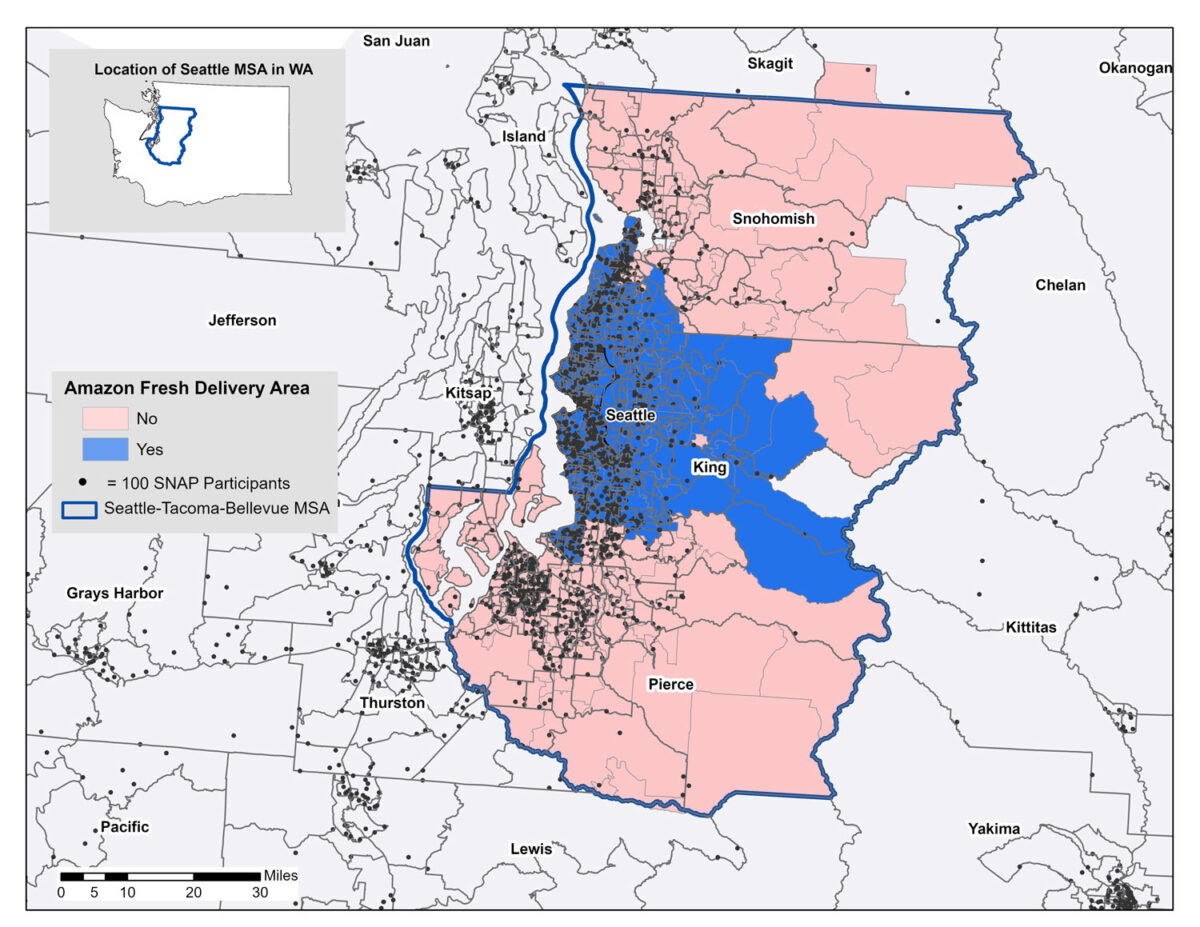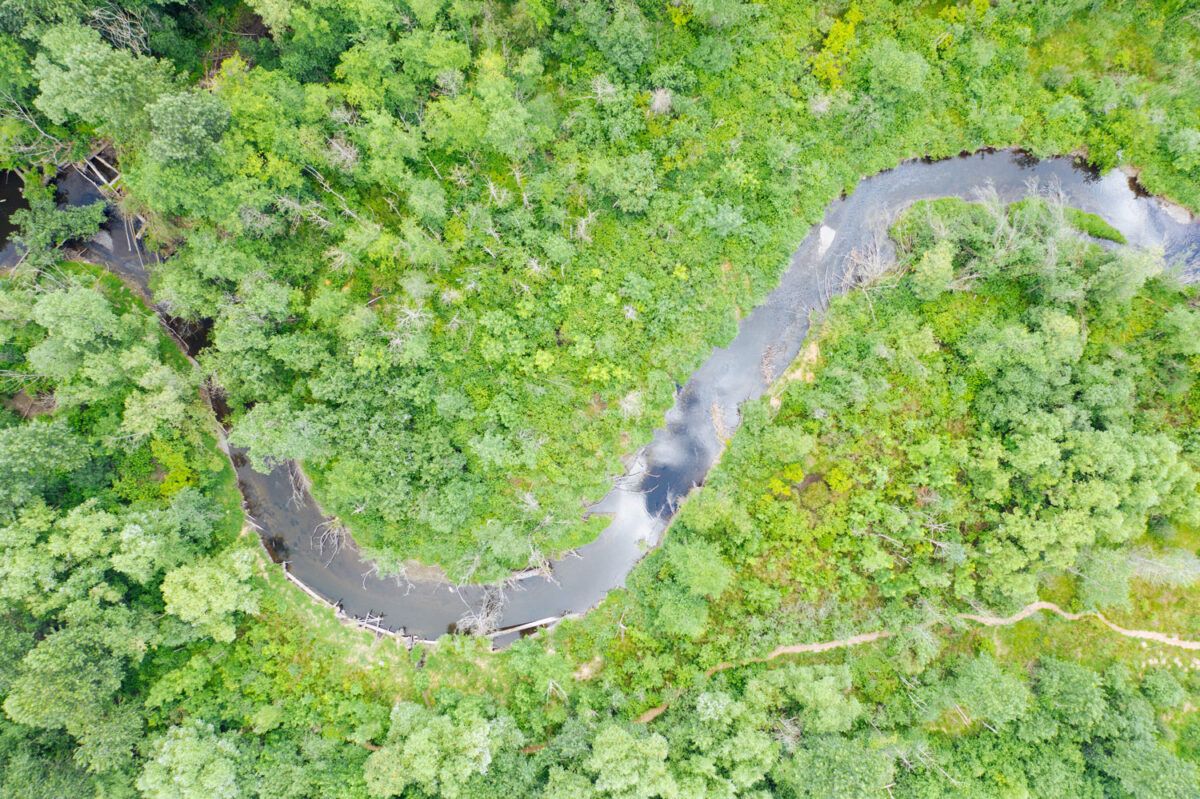Since ancient times, different people and societies across the world have shared everything from goods and services to knowledge and cultures. With the industrial revolution and then the rise of modern technologies, these exchanges have only increased in both scope and speed.
In “A World Without Borders,” a Discovery Core Experience class at the University of Washington Bothell, students explore the phenomenon of globalization in the context of an increasingly interconnected world.
“Whether good or bad, you are becoming more globally connected and interdependent, from the imported shoes you wear to the diversity of people you meet daily,” James Reinnoldt, lecturer in the School of Business, noted in the course description.
Reinnoldt presents students in the class with this challenge: “To understand and take advantage of globalization’s reality while learning how you, as a global citizen, can positively impact your increasingly connected world.”
Sharing a global experience
With more than 25 years of experience in business and commercial aviation spanning more than 30 countries, Reinnoldt is acutely aware of how technology and globalization have shaped today’s fast-paced economy.
He also has worked for more than two decades now as a lecturer at UW Bothell’s School of Business, drawing on his experiences to create business-centered courses that feature real-world case studies and examples. He then invites students to think around one the problems he presents and attempt to solve it before he reveals what he did in the actual scenario.
Whenever possible, he also said he enjoys giving his students opportunities to gain hands-on experience as they work to understand various concepts. “Ultimately, I’ve found that students learn a lot more from a hands-on, real-world application than if I just sat there with a textbook and a map and tried to explain things.”
In this particular DCX class, Reinnoldt saw the perfect opening to put the adage of “show, don’t tell” to practice with the topic of globalization. He looked to technology — specifically, the small tracking device known as an AirTag — to illustrate the concept of a borderless world.
“I wanted to, in a unique way, show students how goods flow across borders,” he said. “By putting an AirTag in an envelope and allowing the class to track it, we were able to see the logistical pipelines through which goods move from the United States to different parts of the world.”
Tracking the flow of commerce
Reinnoldt had previously used AirTags in classes for scavenger hunts, but this was the first time he planned to send them across borders through the mail. For the project, students competed in teams by sending the small GPS-tracking devices from Seattle to a destination of their choice.
The objective? For their package to reach the farthest geographical point from Seattle within the given timeframe.
From Seattle, the packages all went to Los Angeles, which turned out to be the “bottleneck” for the whole journey as the packages went through customs, air freight consolidation and other processes before heading off to their international destinations.
As each team only had tracking information for their own AirTag, students came to class each Monday eager to find out how far each package had made it throughout each stage of its travels. “It was a bit of a drama, a drum roll moment to see whose tag made it the farthest,” Reinnoldt said. “It was a fun exercise.”
Over the course of four weeks, the AirTags ended up in Thailand, South Africa, New Zealand and the South Pole. The winning team’s package traveled 10,236 miles to Durban, South Africa.
Traveling to parts unknown
A member of the winning team, first-year student Muhammad Abduljaleel was drawn to this DCX course after first being introduced to the topic of globalization in a business class in high school.
“Because the theme of the class is globalization, we wanted to know how globalized the world is, and in doing this project, we were able to learn and understand how easy it is to send something anywhere in the world as long as you follow the rules,” he said.
Students competing this project had to consider all the shipping requirements and regulations in both the U.S. and the receiving country. To ensure the packages reached their destination by the deadline, they also had to anticipate where the greatest obstacles and time delays might occur.
Another constraint they had to work under was the technology itself — an AirTag must be within 33 feet of an iPhone to update its location. Simply having the package reach its destination wasn’t enough; the tracking device had to confirm where it was at that moment. Because of this obstacle, Abduljaleel and his team looked for a more populated area where their chances of having an iPhone in close proximity were higher. They also chose a public business — a restaurant — to better the odds.
“This entire project is basically a reflection of what we’re learning in class, so it was just a very nice way of presenting how globalization works, and how small and interconnected the world has become,” Abduljaleel said. “It was one of the most interesting projects I’ve done so far in college.”
This entire project is basically a reflection of what we’re learning in class, so it was just a very nice way of presenting how globalization works, and how small and interconnected the world has become. It was one of the most interesting projects I’ve done so far in college.
Muhammad Abduljaleel, first-year student
Becoming more borderless
While the thrill of crossing the finish line — and for the winning team, the reward of extra credit — was exciting for students, Reinnoldt said it was the full journey they witnessed their packages making that was the highlight of the experience.
“To be able to track them and actually show how they flowed from Seattle to these different points in the globe, that was the most interesting part of this,” he said.
As one student in the class remarked, “This project taught me about the simplicity of sending letters across the globe. Today, it’s easy to take for granted how far our technology, logistics and global communications have come.
“The world is indeed becoming borderless.”



